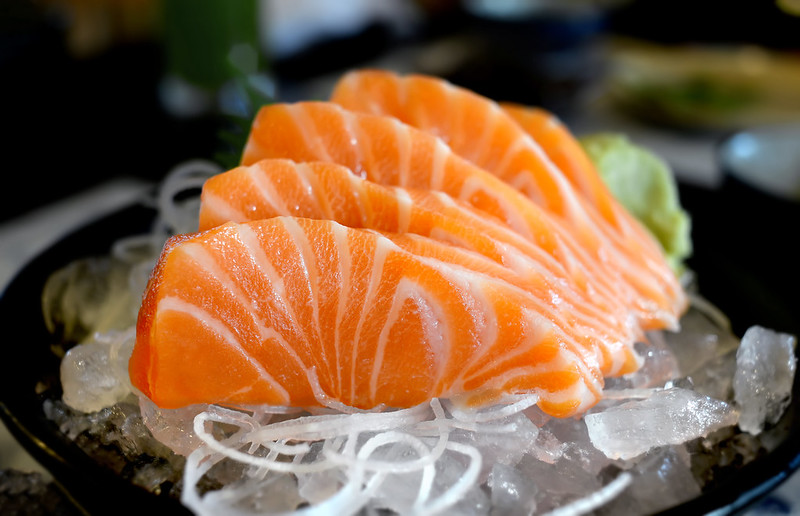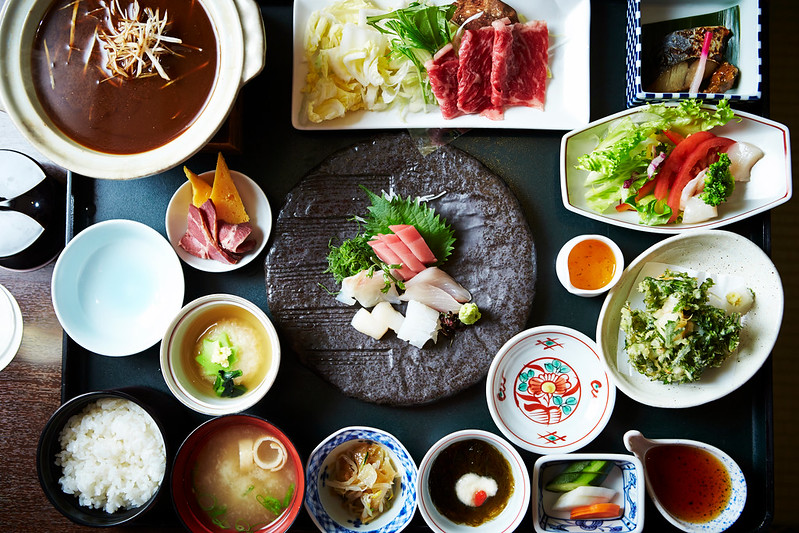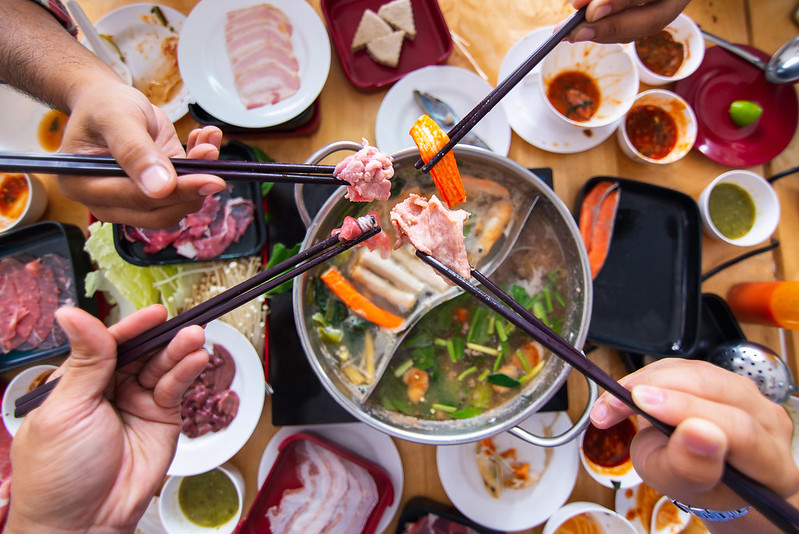
More of Japan’s Traditional Foods to Enjoy
Traditional Japanese cuisine uses staple foods available in the region. For thousands of years, Japanese food has had strong influences from Korea and China. It was only in the last few hundred years that foreign trade and religion made an impact on traditional Japanese fare and developed it to what we now know it to be.
Sampling the various local dishes gives us a wonderful way to experience the unique tastes and culture of Japan. Here are some of Japan’s traditional foods to try:
Sashimi – consists of extremely fresh raw fish or meat sliced into thin pieces. The main ingredient is usually served with a garnish such as shredded daikon, white raddish, or shiso leaves (a herb from the mint family). Sashimi is served with a dipping sauce (soy sauce and wasabi paste).
Sashimi.
Sushi – usually consists of cooked rice mixed with vinegar and sweet sake, raw or cooked seafood, seaweed, and vegetables. The ingredients and presentation vary but sushi always contains rice. Raw fish or other types of meat that is sliced and served without rice is called sashimi. Sushi is often served with a daikon garnish, wasabi, soy sauce, and shredded ginger.
Kaiseki Ryori – a traditional Japanese multi-course dinner. The modern form of kaiseki is considered more traditional Japanese haute cuisine. The basic structure of kaiseki cuisine includes “One Soup and Three Dishes” (1 soup dish, 1 main dish, 2 side dishes) referred to as a setto, “set”).
Kaiseki Ryori
Tonkatsu – breaded, deep fried pork cutlet often served with shredded cabbage. It is usually eaten with a thick sauce that tastes similar to Worcestershire sauce. Mustard (karashi) and a slice of lemon can also be used as sauce. Tonkatsu can also be served with grated daikon instead of tonkatsu sauce.
Shabu-shabu – a Japanese version of a hot pot is a delightful assortment of meats and vegetables. Meats may include beef, crab, duck, fish balls, or lobster. Vegetables may include Chinese cabbage (hakusai), nori (seaweed), chrysanthemum leaves, welsh onions, green onions, garlic, mizuna, carrots, shiitake mushrooms, bean noodles, or lotus root.
Shabu-shabu.
Udon – the thickest of Japanese noodles. White in color and made from wheat, they can be served either hot or chilled with dipping sauces, in broth, or in an array of other hot dishes. Udon is usually topped with various ingredients like mixed tempura fritters (kakiage), deep fried tofu pockets (aburaage), tempura, or prawn.



